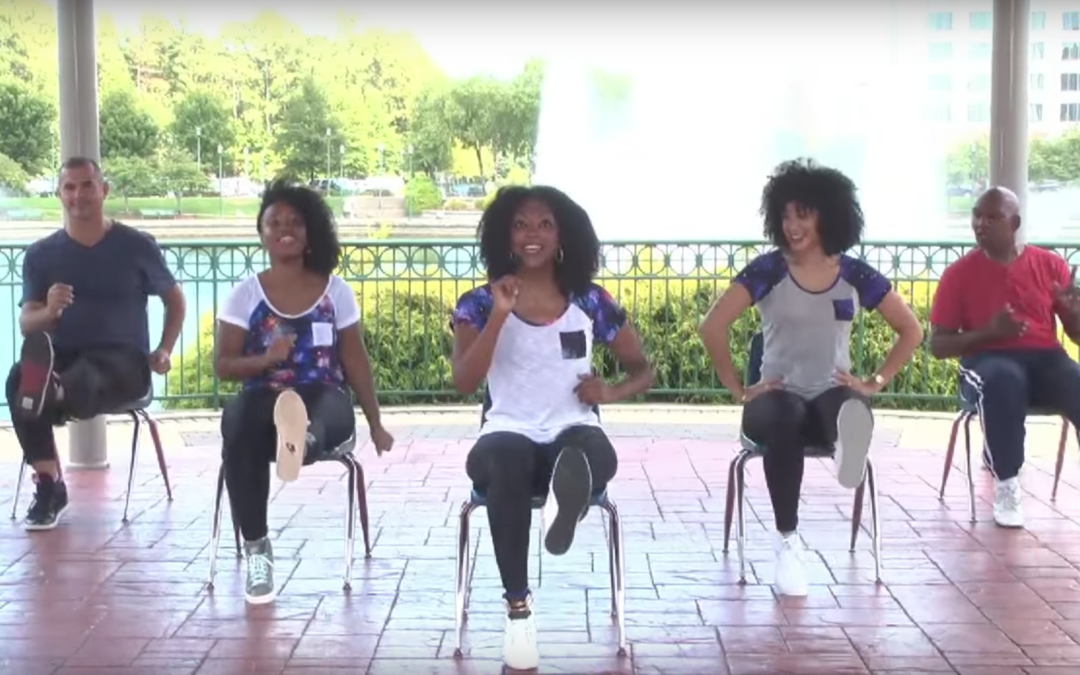Disclaimer:
- You should consult your physician or health care professional before starting any fitness program to determine if it is right for your needs. This is particularly true if you (or your family) have a history of high blood pressure or heart disease, or if you have ever experienced chest pain when exercising or in the past month when not engaged in physical activity. Also be sure to consult your physician or health care professional if you smoke, have high cholesterol, are obese, or have a bone or joint problem that could be made worse by a change in physical activity.
- Do not start any fitness program if your physician or health care provider advises against it.
- If you experience faintness, dizziness, pain or shortness of breath at any time while exercising you should stop immediately.
- If you have any concerns or questions about your health, you should always consult with a physician or other health care professional.
The days of the “No pain, no gain!” approach to exercise are over. These physical fitness experts are developing fun and do-able at home workouts for people recovering from a lower limb injury, amputation, living with a disability, sitting in wheelchair, or just sitting at their desks at home! Exercise does not need to cause unnecessary pain or harm to be beneficial. According to the CDC:
Significant health benefits can be obtained with a moderate amount of physical activity, preferably daily. The same moderate amount of activity can be obtained in longer sessions of moderately intense activities (such as 30-40 minutes of wheeling oneself in a wheelchair) or in shorter sessions of more strenuous activities (such as 20 minutes of wheelchair basketball).
Additional health benefits can be gained through greater amounts of physical activity. People who can maintain a regular routine of physical activity that is of longer duration or of greater intensity are likely to derive greater benefit.
Benefits of Physical Activity
- Reduces the risk of dying from coronary heart disease and of developing high blood pressure, colon cancer, and diabetes.
- Can help people with chronic, disabling conditions improve their stamina and muscle strength.
- Reduces symptoms of anxiety and depression, improves mood, and promotes general feelings of well-being.
- Helps control joint swelling and pain associated with arthritis.
- Can help reduce blood pressure in some people with hypertension.
– CDC
As with any workout, start small (5-10 minutes) and build up as you become more accustomed to the moves. Remember to be kind to yourself, and congratulate yourself for making positive steps to maintain your health. The more regularly you exercise, the greater the health benefits.
1. 30 Minute Seated Cardio Boxing Workout for Disabled, Injured, Paraplegic or Amputee
This is a “Cardio Kickboxing” workout (the “kick” is for kicking ass). You don’t need equipment or even full mobility to do this workout. Just a place to sit and the desire to move.
2. Seated Exercise for Obesity and Limited Mobility
If you are chair ridden and need a very low starting point then this workout is for you!
3.Fuzion Fitness with Alexis #31: Chair Workout – November 2015
Whether you want to sneak in some extra exercise at the office from your desk chair or are dealing with an injury or limitation that requires you to remain seated, this routine can offer some seated alternatives to your favorite body weight exercises.
4. Lisa Ericson’s Seated Aerobic Workout
This amazingly 80’s workout video provides high intensity aerobic exercise for anyone, regardless of fitness level or disability, without the use of the legs.
For instructions on how to modify the exercises for relative level of fitness or disability, see: https://www.facebook.com/seatedaerobics/
5. Chair Yoga – Gentle Yoga For People With Disabilities
This seated yoga video is for people suffering from recent knee surgeries/injuries, and/or people with disabilities. This 30 minute yoga flow takes all pressure off and knees and allows us to meet our bodies exactly where we’re at, whether that be in crutches, because you have to be seated for long periods of time, or after having knee surgery or knee injuries.
6. Bonus! 20 Min Chair Exercises Sitting Down Workout – Seated Exercise for Seniors, Elderly, & EVERYONE ELSE
Do you have a favorite workout video or exercise? What activities have helped you stay active and motivated to move? Let us know in the comments.

